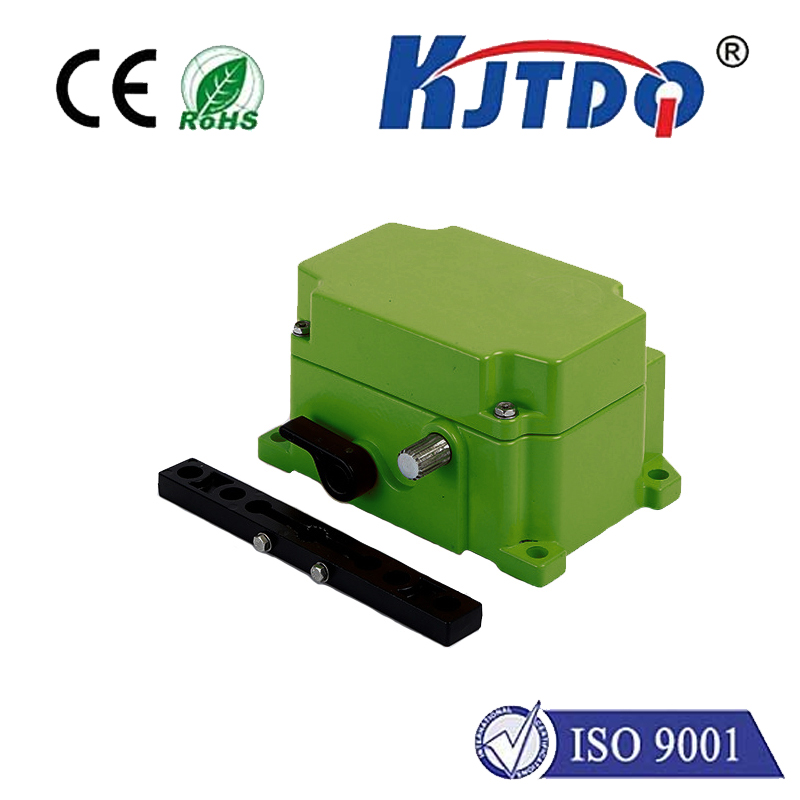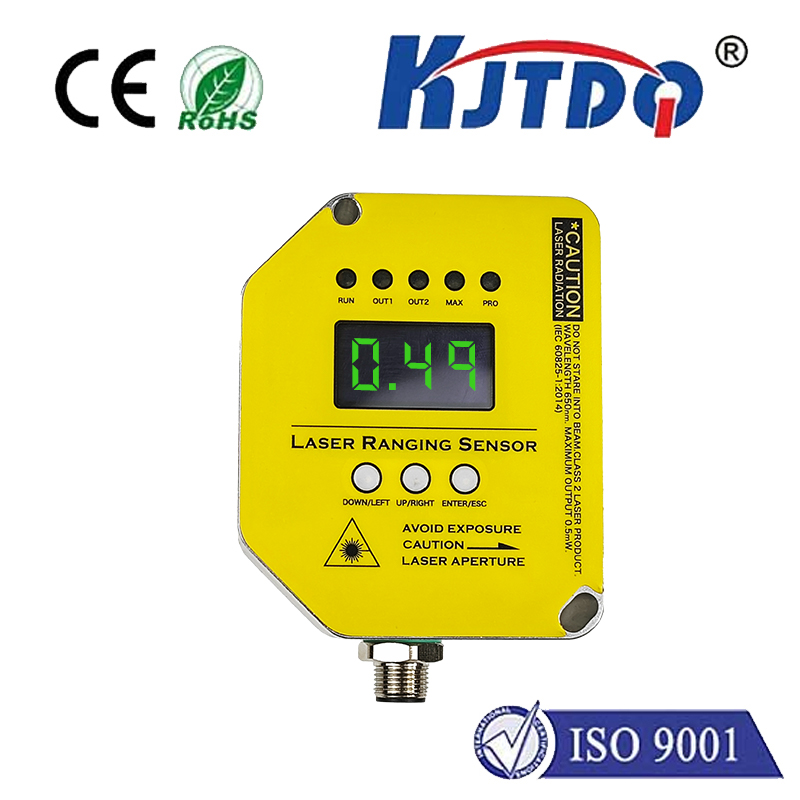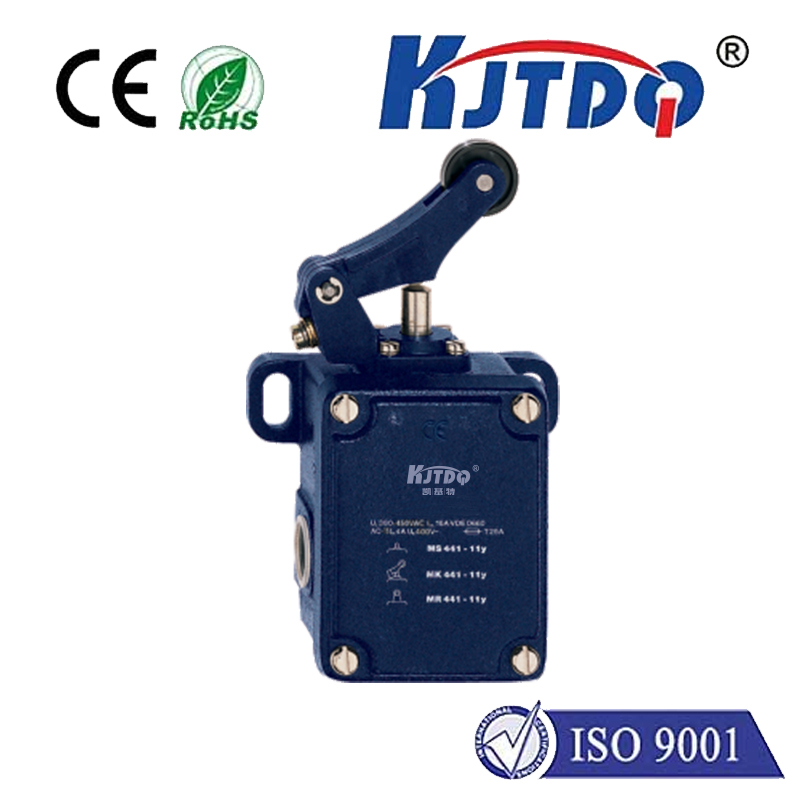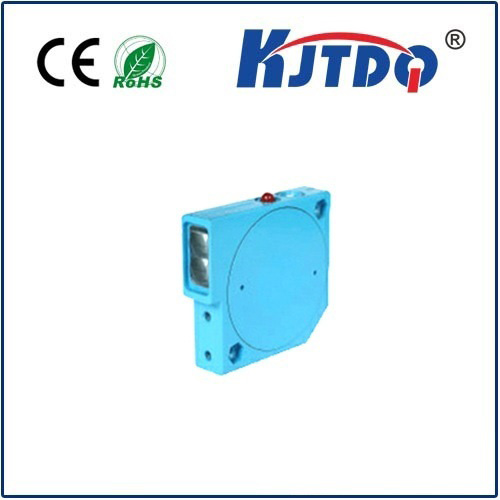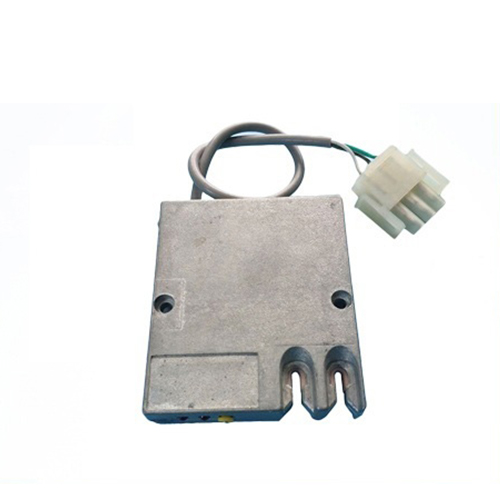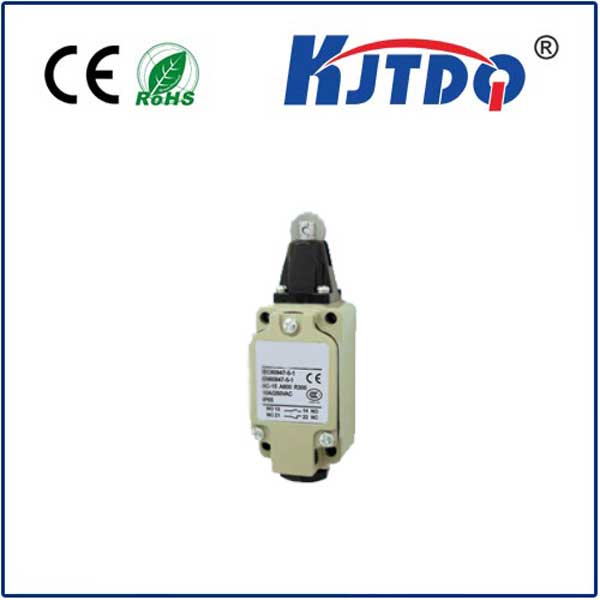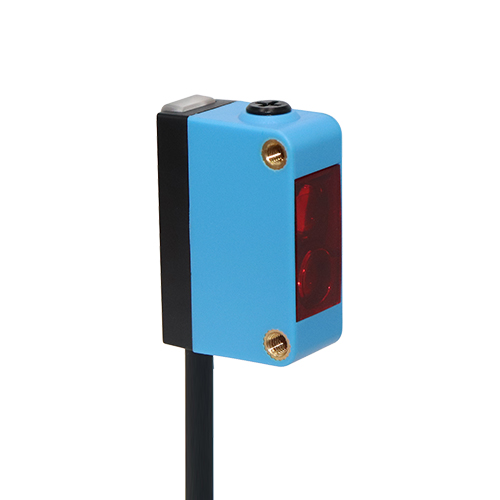Ограничительный переключатель Scupfun
- time:2025-08-06 14:19:23
- Нажмите:0
Sculpfun Limit Switches: Your Laser Engraver’s Essential Safety Guardians
Imagine this: your Sculpfun laser engraver humming away, meticulously carving a detailed design. Suddenly, a slight bump or misstep sends the laser head careening towards the edge of its track. Without intervention, it could smash into the frame, potentially causing costly damage to motors, belts, or the mechanics itself. This is precisely where Sculpfun limit switches step in as the unsung heroes of your machine’s safety and precision. These small, critical components act as mechanical sentinels, defining the absolute boundaries of your laser’s movement and preventing catastrophic collisions. Understanding their function and importance is fundamental for any Sculpfun owner seeking reliable, long-lasting performance.
In essence, limit switches (often called endstops) are simple electrical sensors strategically placed at the physical extremes of each axis movement – typically the X, Y, and Z (if applicable) axes. Their primary role is crystal clear: to detect when the laser head or gantry reaches the very end of its permissible travel path and immediately signal the controller to halt movement in that direction. Think of them as the hard stops for your machine’s motion system.
Why are these switches so crucial for Sculpfun laser engravers?
- Preventing Physical Damage: This is the most critical function. When the laser head hits a frame or structural component due to an over-travel, the resulting impact can bend components, strip gears, damage belts, or misalign critical parts. Limit switches act as the first line of defense, stopping motion before impact occurs. This protection is vital for DIY machines often assembled and maintained by users.
- Enabling Homing Sequences: Accurate positioning is non-negotiable for laser engraving and cutting. Most Sculpfun machines (like the popular S9 or A5 models) utilize a homing sequence at startup. During this process, the controller deliberately moves each axis until the carriage touches the limit switch. This physical contact provides an absolute, repeatable reference point (“home”) for the entire coordinate system. Without reliable limit switches, homing fails, and positional accuracy vanishes.
- Ensuring Consistent Operation: Reliable homing translates directly to consistent job execution. Knowing the machine starts from a precisely defined “zero” point every time eliminates misalignment issues between jobs and guarantees your designs engrave exactly where intended on the workpiece.
- Protecting Software and Electronics: While the primary goal is physical protection, preventing motors from straining against an immovable object also safeguards the motor drivers and control board from potential electrical stress or faults caused by stalling.
How Do Sculpfun Limit Switches Work?

The principle is elegantly simple, typically relying on a microswitch mechanism:
- Placement: Switches are mounted on the machine’s frame at each axis limit (e.g., near 0,0 and the maximum X and Y positions).
- Trigger: The moving component (laser head carriage or Y-axis gantry) has an actuator arm or physical protrusion designed to contact the switch’s lever when the axis reaches its endpoint.
- Signal: When the lever is physically pressed (or sometimes released, depending on the switch type and wiring), the switch’s internal electrical contacts change state – typically opening or closing a circuit.
- Controller Response: This change in state is detected by the machine’s controller (like a LaserGRBL, LightBurn-compatible board, or proprietary Sculpfun controller). The controller interprets this as a signal that the axis has reached its limit and immediately commands the stepper motors to stop moving in that direction.
- Homing Specifics: During homing, the controller moves the axis slowly towards the limit switch. Upon contact and switch activation, the controller knows it has reached the “home” position for that axis. It may then back off slightly to release the switch lever and define that precise point as “0”.
The Anatomy of a Sculpfun Endstop
While specific designs might vary slightly between Sculpfun models, the core components are generally:
- Microswitch: The core electrical component with a lever arm.
- Actuator Lever: The part physically contacted by the moving carriage/gantry. Its design ensures reliable triggering.
- Mounting Bracket: Secures the switch firmly to the laser frame at the correct position.
- Wiring: Typically a simple 3-wire connection (Ground, Signal, +5V) running back to the controller board. Correct wiring is essential!
- Carriage Trigger: The part attached to the moving assembly (carriage or gantry) designed to hit the switch lever precisely.
Maintaining and Troubleshooting Limit Switches
Like any mechanical component, limit switches can occasionally cause issues. Common problems include:
- Failure to Trigger: The carriage hits the frame despite a switch being present. Causes: Loose mounting (switch moved), loose/broken carriage trigger, faulty switch, damaged wiring, incorrect controller configuration.
- False Triggers: The machine stops prematurely, thinking it hit a limit. Causes: Obstruction blocking the switch path, loose wiring causing intermittent signal, faulty switch, electromagnetic interference (less common but possible).
- Inconsistent Homing: The machine fails to home correctly or homes to a different position each time. Often related to switch issues as described above or controller configuration errors.
Regularly checking that your limit switches are securely mounted, the carriage triggers are correctly positioned, and the wiring is intact is good preventative maintenance. If issues arise, careful inspection of these components is the first troubleshooting step. Replacement microswitches are usually inexpensive and readily available.
Conclusion on Critical Protection
Sculpfun limit switches are far more than just simple add-ons; they are integral safety features fundamental to the reliable, accurate, and long-term operation of your laser engraver. They provide the essential physical boundaries that prevent destructive collisions, enable the precise homing required for consistent results, and contribute significantly to the machine’s overall stability. Understanding their role, ensuring they are correctly installed and maintained, and troubleshooting them effectively are key skills for every Sculpfun owner. Never underestimate the protective power of these small but mighty mechanical guardians – they quietly ensure your laser investment performs safely, day in and day out, project after project.







